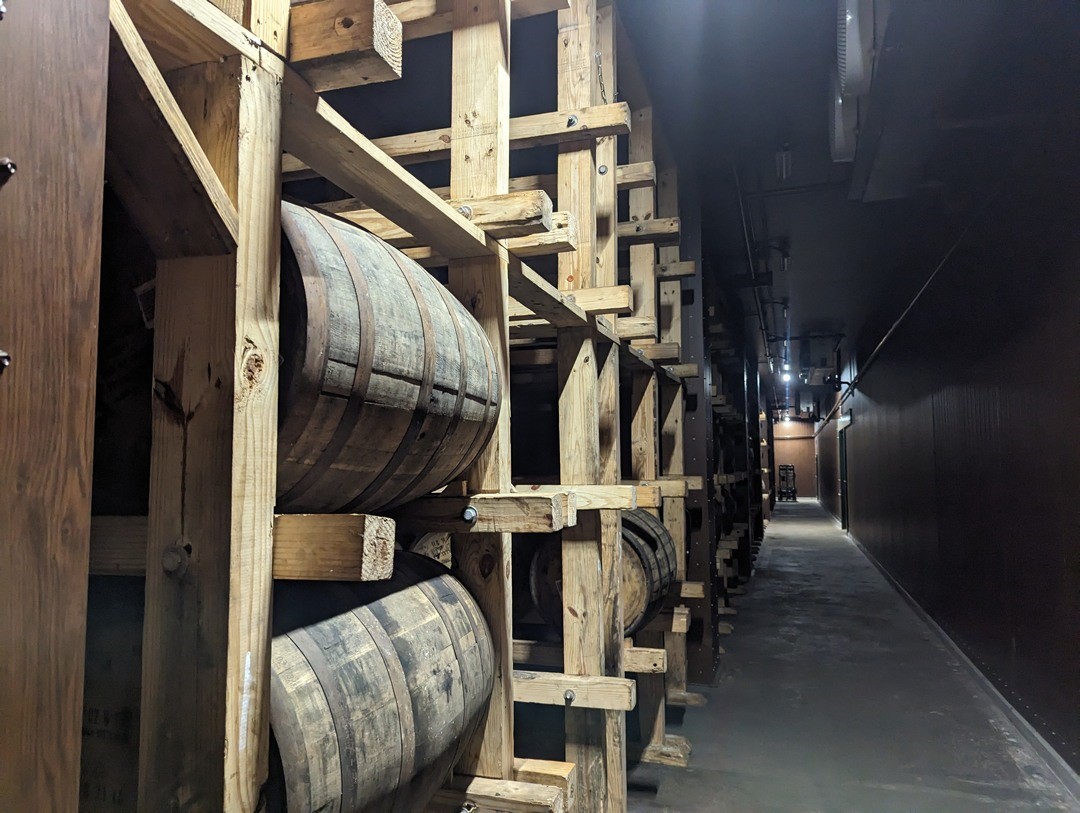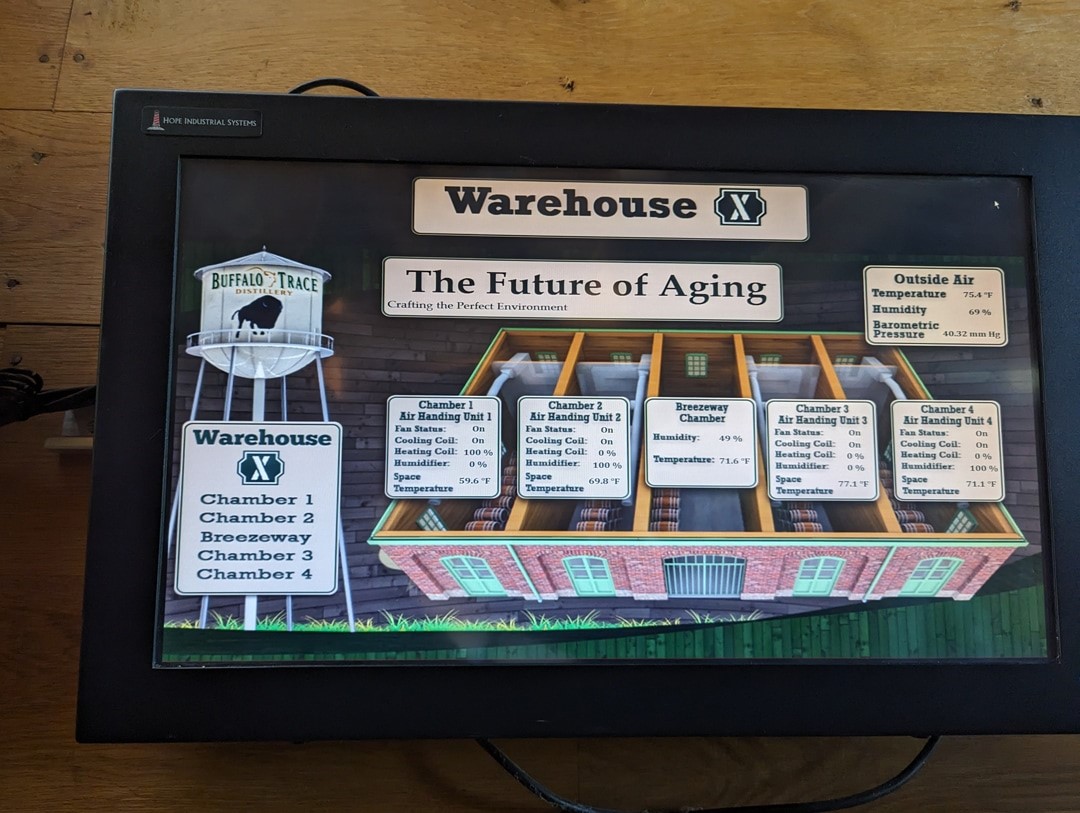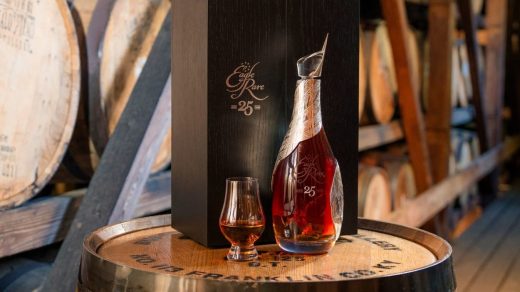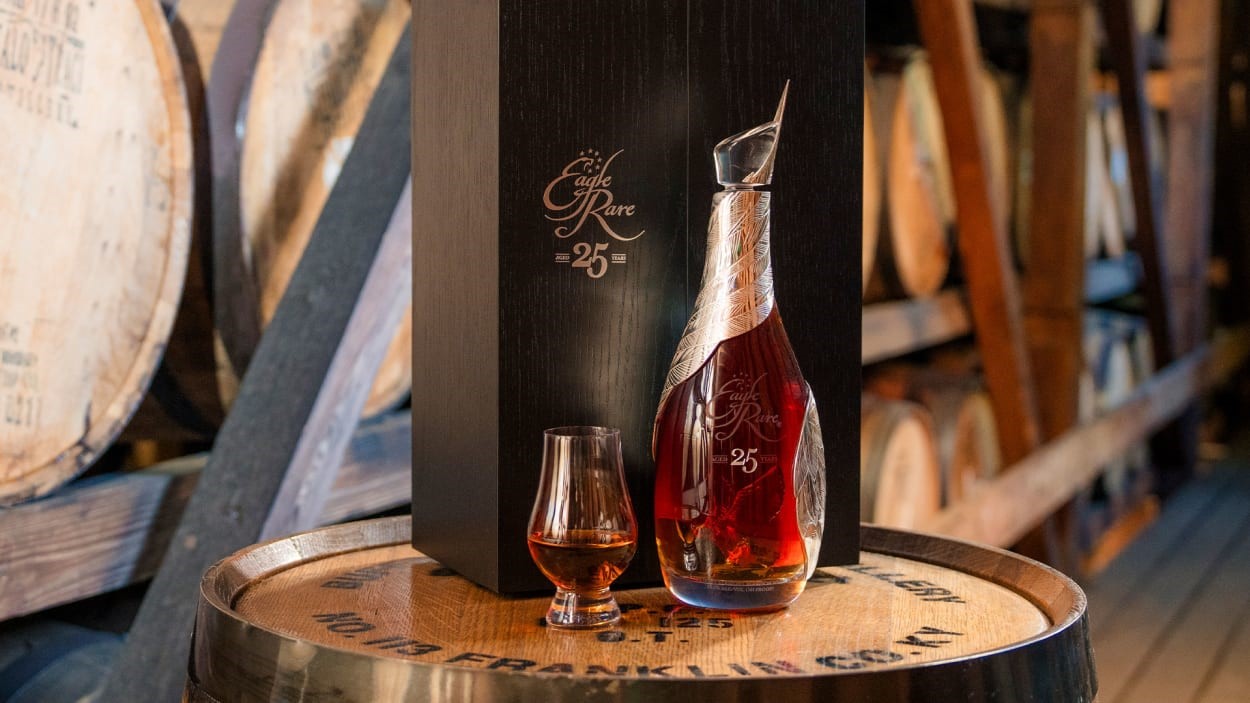Buffalo Trace’s new Eagle Rare 25 sets the stage for the future of American whiskey
By Emily Price
Historically, if you’re shopping for a whiskey over the age of 20, you’re more than likely going to be buying something not made in the United States. Today, Buffalo Trace is taking the first step in changing that with the launch of Eagle Rare 25, the oldest expression ever from the portfolio and one of the oldest bourbons ever brought to market.
The whiskey’s launch is the result of Buffalo Trace’s multi-decade $20 million experimental program. In a special warehouse on the distillery’s grounds, it has conducted thousands of experiments to test the factors impacting the aging and maturation of whiskey, including the char level of the inside of barrels, temperature, airflow, exposure to light, and barrel placement.

While the climates in Europe allow for 50-year-old bottles of Macallan, Glenrothes, and Highland Park, American whiskey companies often top out around 20 years old. That’s because the weather in Kentucky, where much of America’s whiskey is aged, is much warmer than the coast of Scotland, causing whiskey in barrels to take on more of the characteristics of the barrel it’s in much faster.
Hotter temperatures also mean more evaporation happens each year, called the “Angel’s Share”; the longer the whiskey ages, the less of it there is in the barrel. After a certain point, you’re not only making your American whiskey taste worse the longer it stays in the barrel, but you’re also getting less of it.
A number of Buffalo Trace’s experiments come from warehouse X, an experimental warehouse broken into six individual chambers that can be customized to test the impact of a variety of factors on the whiskey’s aging process.

Eagle Rare 25 is the first release from Warehouse P, the second of Buffalo Trace’s two experimental warehouses. The warehouse was built as a way to test whether it was possible to favorably extend the aging and maturation processes typical for American whiskey and bourbon.
“If you take that 20-year-old and add five years of aging, the first thing you think about is, oh boy, let’s not get it too tannic, too much wood,” says Buffalo Trace Distillery’s master distiller, Harlen Wheatley. “What we’ve done is we’ve been able to smooth out the finish by naturally aging it in controlled conditions.”
When the company started the project, it wasn’t really sure what was going to happen.
“We didn’t know what to expect,” says Mark Brown, executive chairman of Sazerac Company. “I think if you asked me what to expect I might have said that we expect the 20-year-old to taste five years older, but that’s not what’s happened. It’s changed characteristics, and the tannin levels have actually dropped, which is remarkable.”
The result is a whiskey with notes of intense cherry, dark chocolate, and a palate of vanilla, dark fruit, and butterscotch followed by a long finish of black pepper and baking spice. While you hear the phrase often, it truly is a one-of-a-kind whiskey and unlike any other aged whiskey on the market.
As for the warehouse, the distillery plans to continue to try new things with it.
“This is a continual learning process,” says Brown. “Hopefully what comes out of it is something that gets the consumer really excited about the future of American whiskey and what it can eventually be. Somebody has to give your friends in Scotland a run for their money.”
The introduction of ultra-aged bourbon positions brands like Buffalo Trace to better compete with scotch whisky brands, which already have a number of ultra-aged products on the market.
“Consumers associate age with either price or quality, so we’ve been at a bit of a disadvantage by just not being able to age whiskey,” Brown says. “I’ve tasted some very old whiskies and it just gets completely over the top.”
Brown says that he doesn’t think ultra age is necessarily the only positive thing that will come from the brand’s experimental aging processes. “We may be able to produce a seven-year-old whiskey that is very smooth,” he says. Potentially allowing for the brand to make a higher-quality product faster.
Less than 200 750ml bottles of Eagle Rare 25 will be released to select retailers, bars, and restaurants around the world starting next month at a suggested retail price of $10,000 per bottle.
(12)



